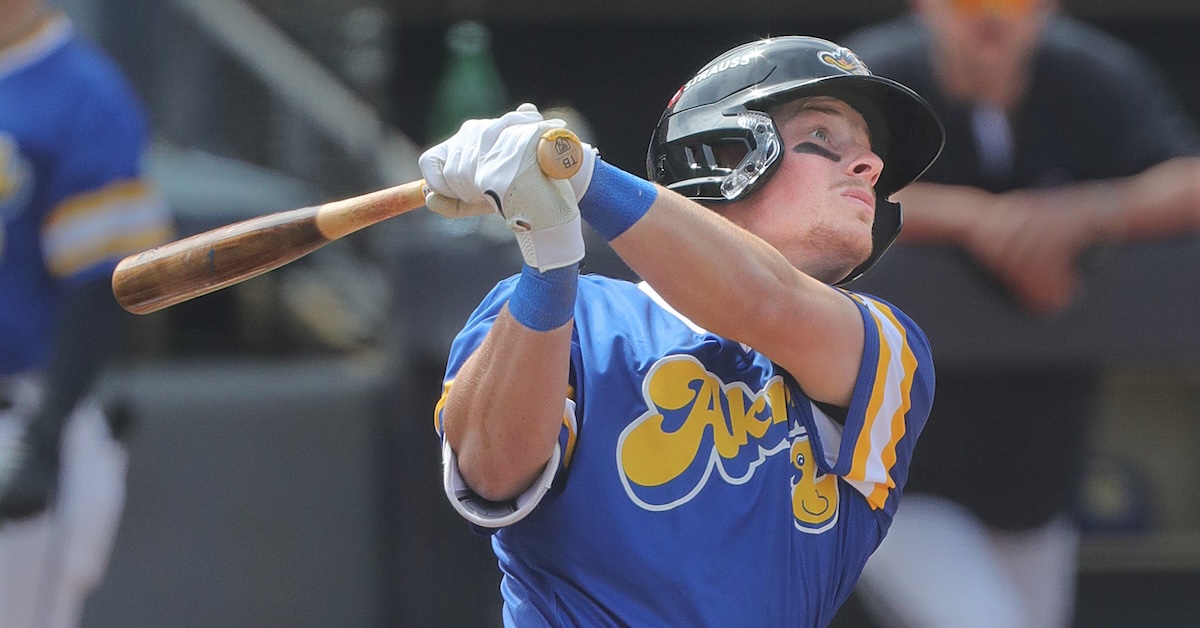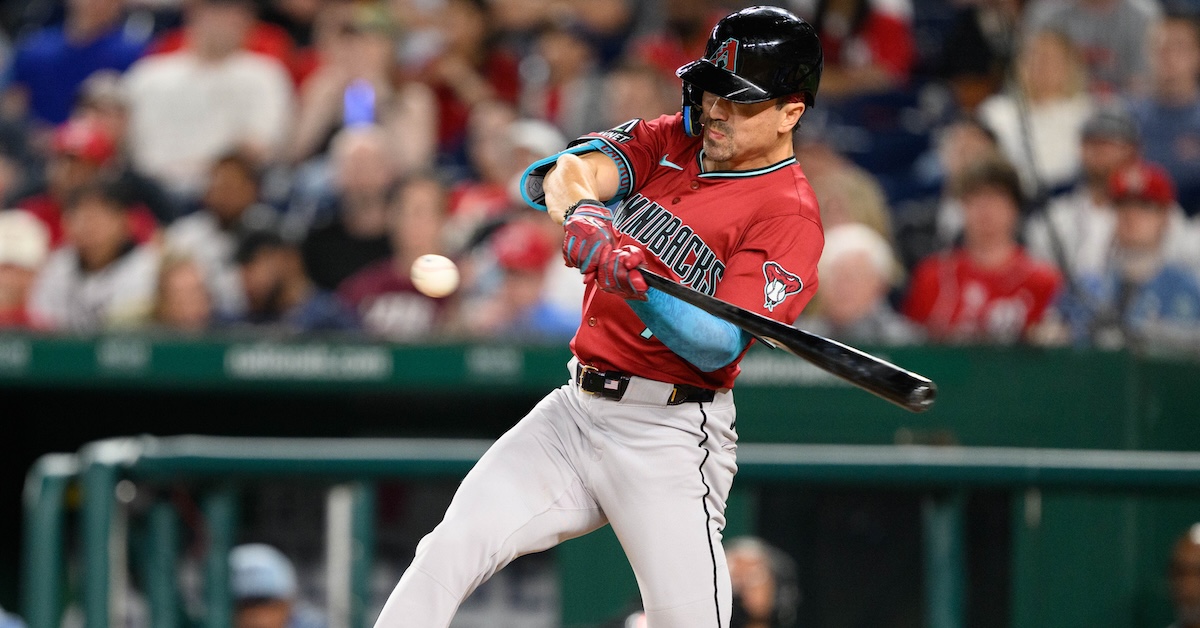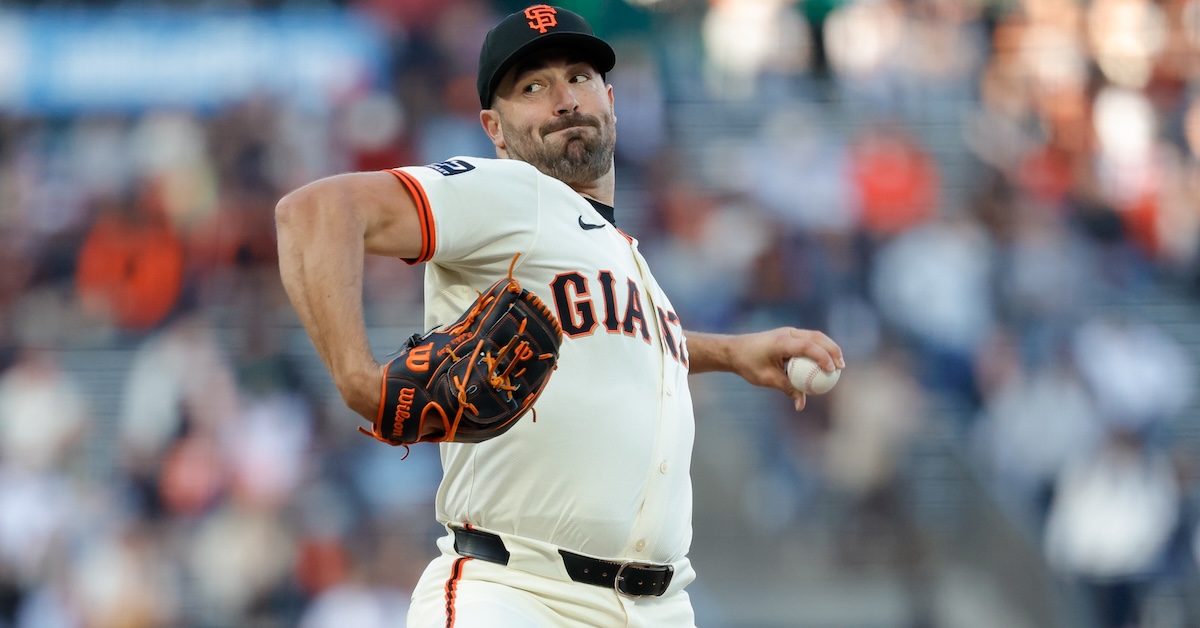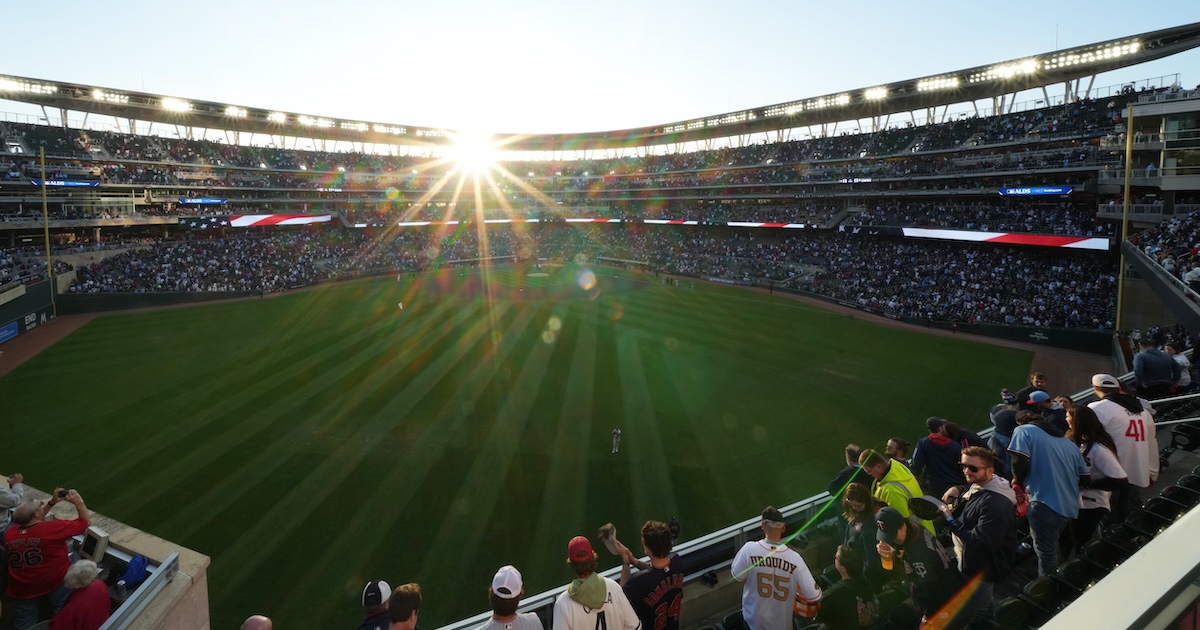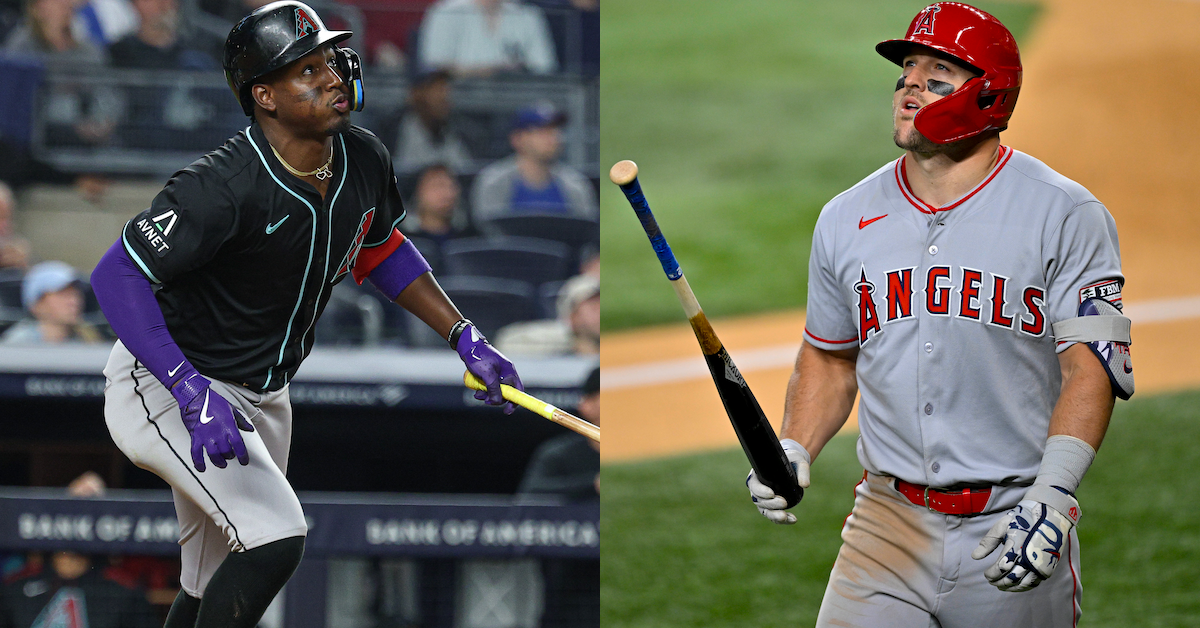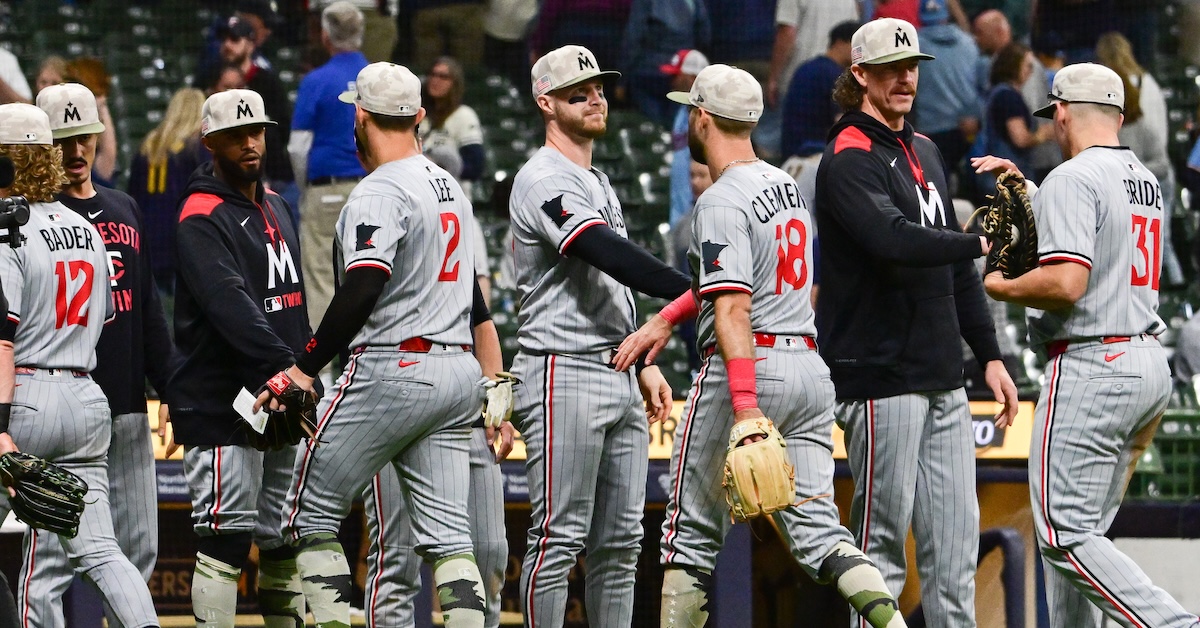Which Pitchers Have Seen Their 2026 Projections Change the Most?
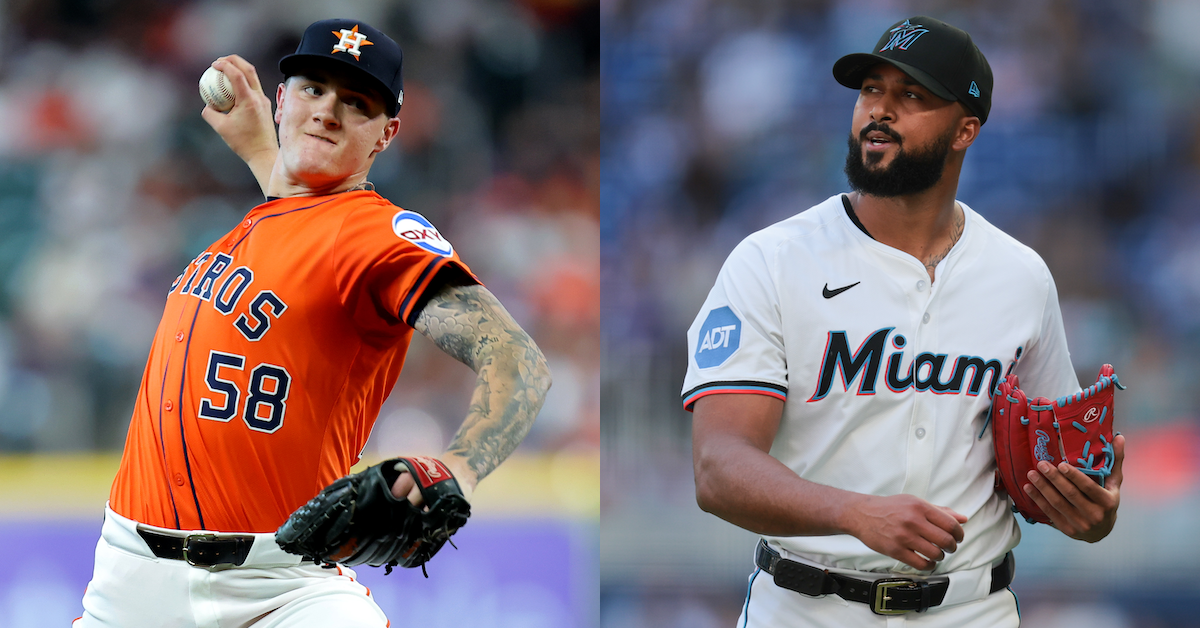
I spend a lot of time saying the word “April.” It’s a convenient excuse to wave away any notion of changing my mind drastically on a player after two or three weeks of the season. But April isn’t actually meaningless, and as we head toward June, we’re already nearly a third of the way through the season. A lot of the stuff we’ve seen isn’t just a rough patch or a freak BABIP, but career trajectories changing, and that has consequences for the players and their teams. One of the most common questions about players I get in chats is some variation of “What does ZiPS think now?” I can’t answer them all, mainly because “doughy middle-aged nerd talks to his magical baseball box for an hour” sounds like the worst episode of Black Mirror ever. That said, because I do full in-season runs of ZiPS in the middle of every month, now seems like a good time to get some projectionist changes of heart for the overachieving and underperforming players.
So whose changing fortunes are most likely to lead to changed destinies? Well, to get an idea of which trajectories have changed the most, I took the current 2026 projected numbers for each player and compared them to the 2026 ZiPS projections from before this season began. We’ll start with the good news, because I’m a Baltimore native and an Orioles fan, so I need something sunny first. These are park-neutral projections, and I eliminated anyone who is projected as below replacement level, since we’re focusing on major league-relevant players.
Yesterday, sometimes known as “one Orioles loss ago,” I took a look at the hitters whose 2026 projections have changed the most since the start of this season, so now it’s the pitchers’ turn. Since we’re talking about pitchers, I also took out the guys who have missed most of the season due to injury, or the bottom 25 would just be a list of pitchers who might need Tommy John surgery.
Here are the pitchers whose 2026 ZiPS projections have improved the most since the beginning of this season, sorted by the greatest gains in projected WAR: Read the rest of this entry »

